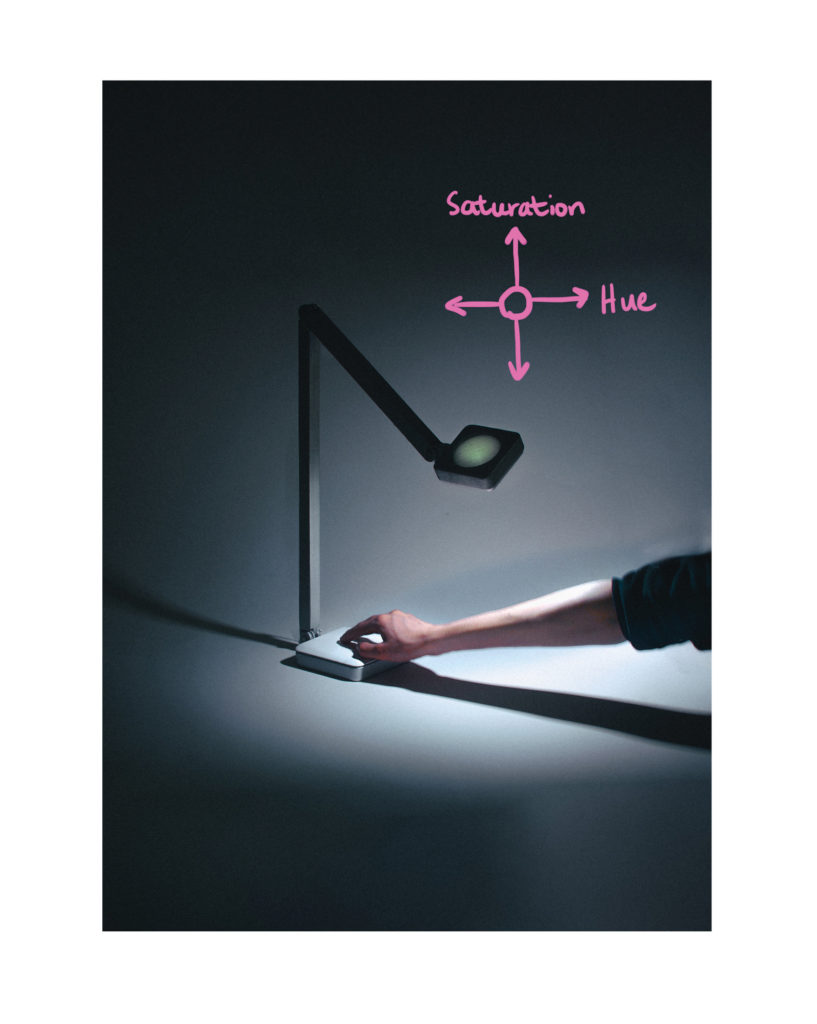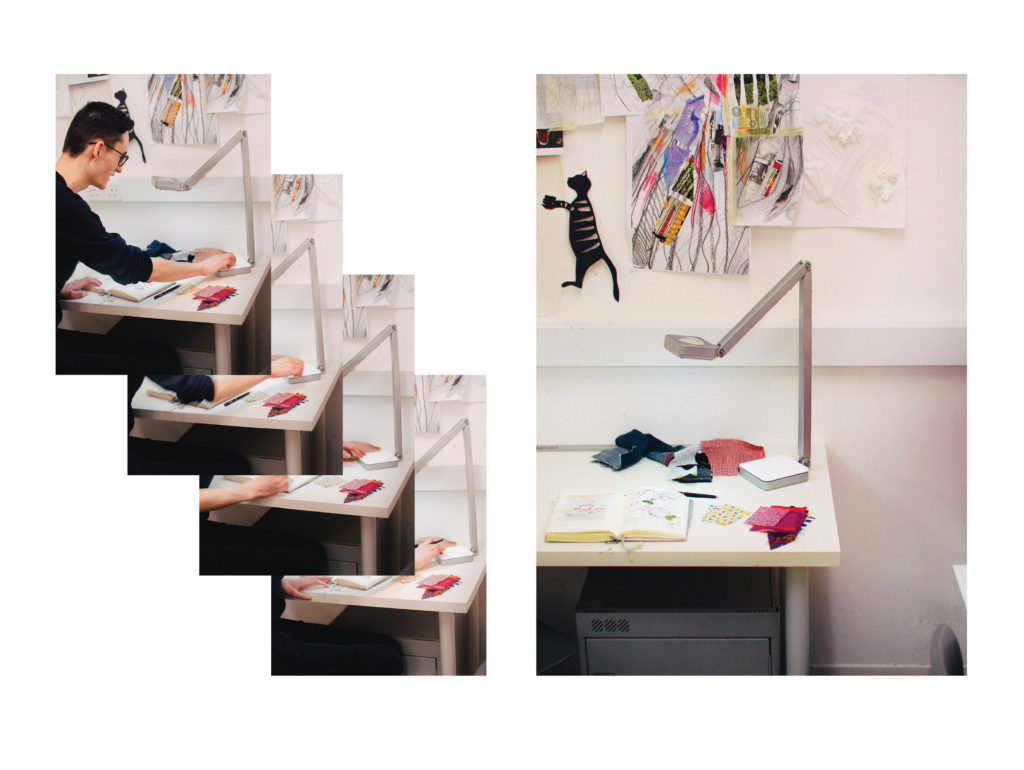When studying the Polaroids of Andy Warhol, and examining photographs of his studio space – it is easy to understand how the two arenas went hand-in-hand. The aesthetic style of each Polaroid and the interior architecture of “The Factory” (as it was called) were created and evolve together, in symbiosis – during the early 1960s at the opening of The Factory, his artwork was harshly lit and overblown – taken with consumer Polaroids under cold studio lighting in the otherwise dark warehouse space. By 1986, he had relocated into a conventional office building with a brownstone façade – a much brighter, window-lit space that reflected in his works more tonal variety, subtlety and softness of light.
It is this relationship between light, environment, medium, and the artist that is important to me – and poses design questions not often considered within the remit of traditional industrial light and furniture design. The light which we create work under can influence a great deal of our impressions of it – as designers, the materials we handle can appear drastically different under the right and wrong kinds of light.
Created as an exploration into colour, light, space and the work that we create, Shift is a lamp made intelligent through the use of micro-processing and colour sensing.
Shift is designed to both receive input manually and sense the surrounding environment for information that can be used to change the ways we experience colour, light and space. Interaction with the large track-pad base is a way for users to dictate directly what hues should be displayed – but brightness and colour can also be controlled by automated reading of the surrounding environment, through an embedded RGB sensor.

The lamp is designed to be sleek, almost anthropomorphised in form – with elongated armatures and a geometric head; the circular fillet motifs drawing parallel with the design of a magnifying glass. All hinged joints are suspended with tension grips, in an effort to minimise visual clutter and promote clean interactions.
Light is fascinating to design for – as the environment created through product form is often more important than the object itself – the interactions designed into Shift emboldened through minimalist form.

In choosing a lamp to explore the possibilities of design interaction and relationship with form when electronics are introduced, I am attempting to create an object that has familiar overtones, but pushes the boundaries of what interactions can be achieved in ways thought of as intelligent, or not achievable with mechanical technologies.

